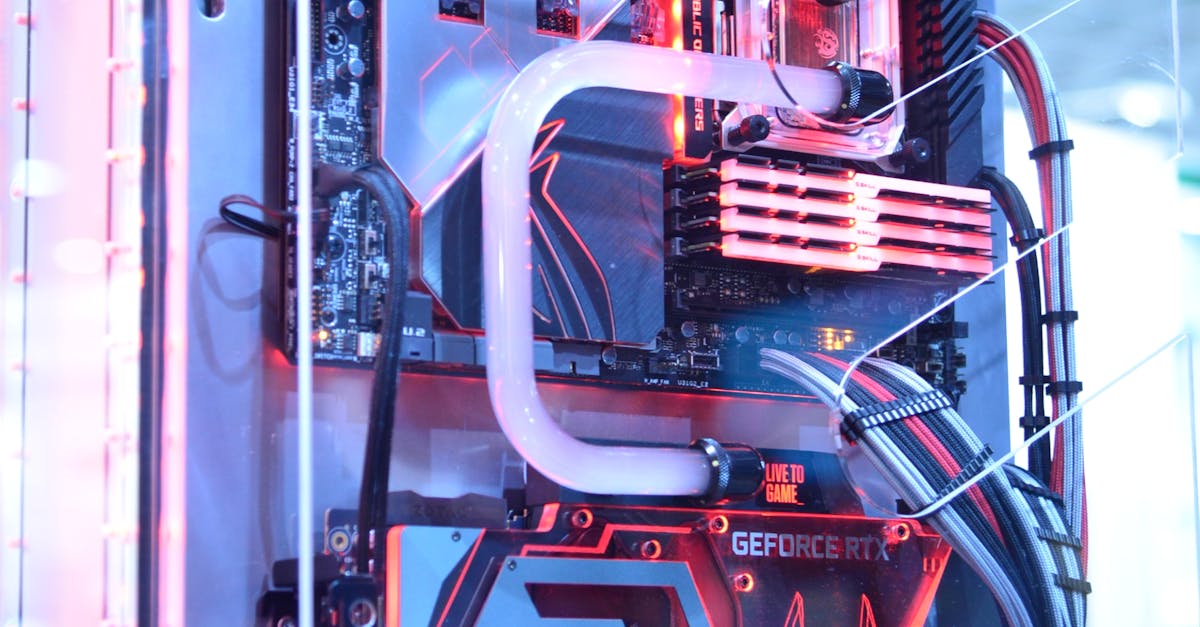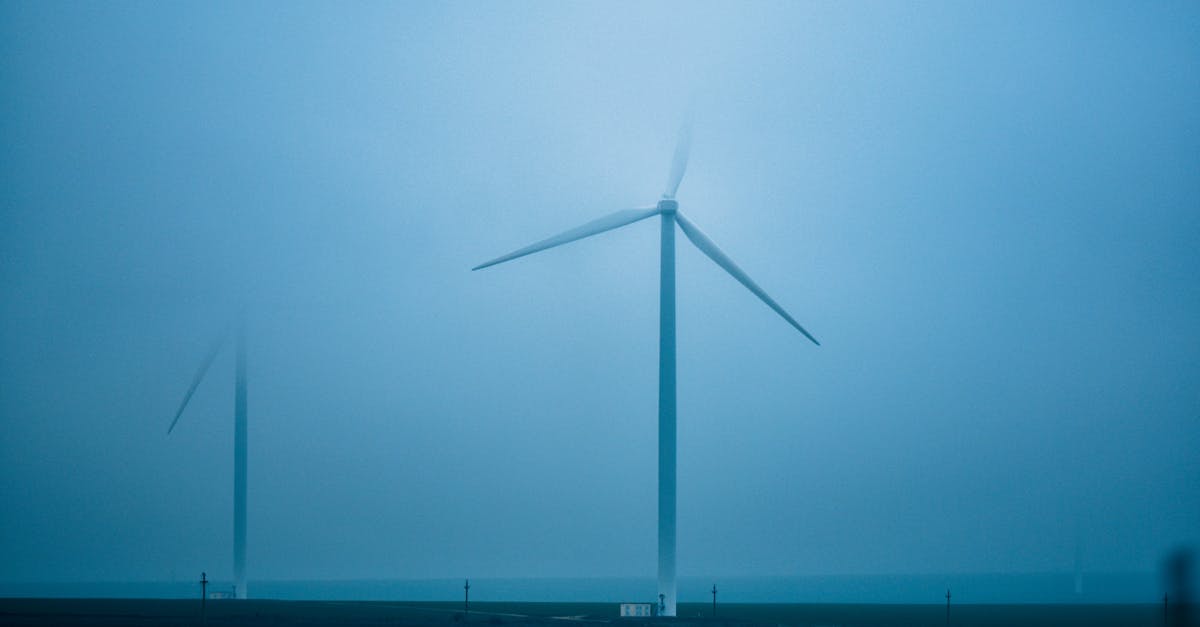Transforming Air into Water: A Revolutionary Solution for Home Water Security

Unlocking Nature’s Secret: Empowering Your Home with Water from Thin Air
Harness the power of nature and transform the air around you into a source of pure, drinkable water! This comprehensive guide empowers homeowners with the knowledge and practical steps to install and maintain atmospheric water generation (AWG) systems in the comfort of their own backyards. AWG technology offers a sustainable and cost-effective solution to water scarcity, promoting water independence and environmental responsibility. Join us on this journey of innovation as we delve into the principles, types, and practical applications of AWG systems, empowering you to unlock nature’s secret and generate an endless supply of water from thin air.
Thank you for reading this post, don't forget to subscribe!
Discover the principles of condensation and dew point, the driving forces behind AWG technology. Understand the different types of AWG systems available, from passive systems that harness natural temperature fluctuations to active systems that utilize mechanical processes. Learn how to select the right AWG system for your specific needs, considering climate, water consumption, and budget. Dive into detailed DIY instructions, complete with materials lists and troubleshooting tips, to build your own AWG system and embark on a journey of water independence. Explore the vast benefits of AWG technology, including environmental sustainability, cost-effectiveness, and the empowerment to rely less on traditional water sources. As technology continues to advance, the future of AWG holds even greater promise for water security and environmental stewardship.
1. Understanding Atmospheric Water Generation
Understanding Atmospheric Water Generation
Atmospheric water generation (AWG) is an innovative technology that offers a sustainable and decentralized approach to water production. AWG systems harness the moisture present in the air to generate pure, potable water, providing a reliable water source even in arid regions or areas with limited access to traditional water resources.
The process of AWG mimics the natural water cycle. Air contains water vapor, which is essentially water in its gaseous state. AWG systems utilize condensation to convert this water vapor into liquid water. By cooling the air below its dew point, the temperature at which water vapor condenses into liquid, AWG systems effectively extract water from the atmosphere.
The efficiency of AWG systems depends on various factors, including air temperature, relative humidity, and the system’s design. In general, warmer air and higher humidity levels result in greater water yield. AWG systems can be designed to operate in different climatic conditions, making them suitable for a wide range of geographical locations.
Principles of Condensation and Dew Point
Principles of Condensation and Dew Point
Condensation is the process by which water vapor in the air transforms into liquid water. It occurs when the air is cooled to its dew point, the temperature at which the air becomes saturated with water vapor and can no longer hold it in gaseous form.
In AWG systems, condensation is the key process that enables the extraction of water from the air. By cooling the air below its dew point, AWG systems force the water vapor to condense into liquid water, which is then collected and purified to produce potable water.
The dew point is influenced by several factors, including air temperature, relative humidity, and atmospheric pressure. Warmer air can hold more water vapor than colder air, so the dew point is higher at higher temperatures. Relative humidity is a measure of the amount of water vapor in the air relative to the amount it can hold at a given temperature. When the relative humidity is 100%, the air is saturated with water vapor and the dew point is equal to the air temperature.
2. Types of AWG Systems for Home Use

Types of AWG Systems for Home Use
AWG systems can be categorized into three main types based on their operation: passive systems, active systems, and hybrid systems.
Passive AWG systems rely solely on natural temperature fluctuations to condense water vapor from the air. These systems are typically smaller and more portable than active systems and do not require electricity to operate. However, their water production capacity is limited by the ambient temperature and humidity levels.
Active AWG systems use mechanical processes, such as fans or compressors, to cool the air and condense water vapor. These systems are more efficient than passive systems and can operate in a wider range of climatic conditions. However, they require electricity to operate and are generally larger and more expensive than passive systems.
Hybrid AWG systems combine elements of both passive and active systems. They typically use passive cooling to pre-cool the air, which is then further cooled by an active cooling system to condense water vapor. Hybrid systems offer a balance between efficiency and cost-effectiveness.
Passive AWG Systems: Harnessing Natural Cooling
Passive AWG Systems: Harnessing Natural Cooling
Passive AWG systems utilize natural temperature fluctuations to condense water vapor from the air. These systems are typically smaller and more portable than active systems and do not require electricity to operate. Passive AWG systems operate on the principle of radiative cooling, which involves exposing a surface to the night sky to cool it below the ambient air temperature. As the surface cools, the air in contact with it is also cooled, causing the water vapor in the air to condense on the surface.
One common type of passive AWG system is the condenser coil system. This system consists of a series of coils that are exposed to the night sky. As the coils cool, water vapor in the air condenses on the coils and drips into a collection container. Condenser coil systems are relatively simple to construct and can be used in a variety of climates.
Another type of passive AWG system is the desiccant wheel system. This system uses a desiccant material, such as silica gel, to absorb water vapor from the air. The desiccant is then heated to release the absorbed water vapor, which is then condensed and collected. Desiccant wheel systems are more efficient than condenser coil systems but are also more complex and expensive to construct.
Advantages of passive AWG systems:
- No electricity required
- Simple to construct and maintain
- Can be used in a variety of climates
Limitations of passive AWG systems:
- Water production capacity is limited by ambient temperature and humidity levels
- Not as efficient as active AWG systems
3. Selecting the Right AWG System for Your Needs
Selecting the Right AWG System for Your Needs
Choosing the right AWG system for your specific requirements is crucial to ensure optimal performance and satisfaction. Several factors need to be considered in the selection process, including:
Climate: The climate of your location will significantly impact the type of AWG system that is most suitable. Passive AWG systems are generally better suited for warm, humid climates, while active AWG systems can operate in a wider range of climatic conditions.
Water consumption: The amount of water you need will also influence the choice of AWG system. If you have a large household or high water consumption, an active AWG system may be necessary to meet your needs.
Budget: AWG systems can vary in price depending on their type, size, and features. It is important to set a budget before beginning your search to narrow down your options.
Other factors: In addition to the above, you may also want to consider factors such as the system’s size, portability, and ease of maintenance when making your decision.
Once you have considered all of these factors, you can begin to research and compare different AWG systems. It is recommended to read reviews from other users and consult with experts in the field to make an informed decision.
Here are some additional tips for selecting the right AWG system:
- Choose a system that is designed for your specific climate.
- Select a system that can produce enough water to meet your needs.
- Set a budget and stick to it.
- Consider the system’s size, portability, and ease of maintenance.
Assessing Climate Suitability and Water Yield Expectations
Assessing Climate Suitability and Water Yield Expectations
Before installing an AWG system, it is important to assess the climate suitability and estimate the water yield expectations for your location. This will help ensure that you choose the right system for your needs and that you have realistic expectations about how much water the system will produce.
Climate suitability: The climate of your location will determine the type of AWG system that is most suitable. Passive AWG systems are generally better suited for warm, humid climates, while active AWG systems can operate in a wider range of climatic conditions. It is important to choose a system that is designed for your specific climate to ensure optimal performance.
Water yield expectations: The water yield of an AWG system is the amount of water it can produce per day. The water yield will vary depending on the size of the system, the climate, and the relative humidity of the air. It is important to estimate your water yield expectations before installing an AWG system to ensure that the system can meet your needs.
To estimate the water yield of an AWG system, you can use a water yield calculator. These calculators are available online and can be used to estimate the water yield of different types of AWG systems based on your location and climate. Once you have estimated the water yield, you can compare it to your water needs to determine if an AWG system is right for you.
4. DIY AWG Projects: A Step-by-Step Guide

DIY AWG Projects: A Step-by-Step Guide
Building your own AWG system can be a rewarding and educational experience. However, it is important to note that AWG systems can be complex to build and require careful planning and execution. If you are not comfortable working with electrical components or plumbing, it is best to consult with a qualified professional.
Materials:
The materials you will need to build your own AWG system will vary depending on the type of system you choose to build. However, some common materials include:
- Condenser coils or desiccant wheel
- Fan or compressor
- Water tank
- Pump
- PVC pipe and fittings
- Electrical wire and connectors
Construction methods:
The construction methods for an AWG system will also vary depending on the type of system you choose to build. However, some general steps include:
- Assemble the condenser coils or desiccant wheel.
- Install the fan or compressor.
- Connect the water tank and pump.
- Connect the PVC pipe and fittings.
- Wire the electrical components.
Troubleshooting tips:
If you encounter any problems with your AWG system, there are a few things you can do to troubleshoot the issue:
- Check the electrical connections.
- Make sure the water tank is full.
- Clean the condenser coils or desiccant wheel.
- Check the fan or compressor.
- If you are still having problems, you may need to consult with a qualified professional.
Materials and Tools Required for a DIY AWG System
Materials and Tools Required for a DIY AWG System
Building your own AWG system requires a variety of materials and tools. The exact materials and tools you will need will vary depending on the type of AWG system you choose to build, but some essential items include:
Materials:
- Condenser coils or desiccant wheel
- Fan or compressor
- Water tank
- Pump
- PVC pipe and fittings
- Electrical wire and connectors
- Insulation
- Sealant
Tools:
- Screwdriver
- Wrench
- Pliers
- Drill
- Saw
- Multimeter
- Level
In addition to the materials and tools listed above, you may also need some specialized equipment, such as a vacuum pump or a refrigerant charging kit. If you are not familiar with using these tools, it is best to consult with a qualified professional.
Once you have gathered all of the necessary materials and tools, you can begin assembling your AWG system. Be sure to follow the manufacturer’s instructions carefully and take all necessary safety precautions.
5. Maintenance and Troubleshooting for Optimal Performance
Maintenance and Troubleshooting for Optimal Performance
Proper maintenance and troubleshooting are essential to ensure the longevity and efficiency of your AWG system. Here are some tips:
Maintenance:
- Regularly clean the condenser coils or desiccant wheel. This will help to improve the system’s efficiency and prevent premature failure.
- Check the water tank regularly and refill it as needed. A low water level can damage the pump and other components.
- Inspect the PVC pipe and fittings for leaks. Leaks can waste water and reduce the system’s efficiency.
- Check the electrical connections regularly and tighten any loose wires.
Troubleshooting:
- If your AWG system is not producing enough water, check the following:
- The water tank may be empty.
- The condenser coils or desiccant wheel may be dirty.
- The fan or compressor may not be working properly.
- There may be a leak in the PVC pipe or fittings.
- If your AWG system is making strange noises, check the following:
- The fan or compressor may be malfunctioning.
- There may be a loose bolt or screw.
- The system may be vibrating against another object.
If you are unable to troubleshoot the problem yourself, you should contact a qualified professional.
Regular Cleaning and Filter Replacement
Regular Cleaning and Filter Replacement
Regular cleaning is essential to prevent clogging and maintain optimal water quality in your AWG system. The frequency of cleaning will vary depending on the type of system you have and the quality of the air in your area. However, it is generally recommended to clean your AWG system at least once a month.
To clean your AWG system, you will need to:
- Turn off the system and unplug it from the power outlet.
- Remove the condenser coils or desiccant wheel.
- Clean the condenser coils or desiccant wheel with a soft brush or a vacuum cleaner.
- Inspect the water tank and clean it if necessary.
- Replace the filter (if your system has one).
- Reassemble the system and plug it back into the power outlet.
In addition to regular cleaning, you should also replace the filter in your AWG system every 3-6 months. A clogged filter can restrict the flow of air and water, which can reduce the system’s efficiency and water quality.
By following these simple maintenance tips, you can help to ensure that your AWG system provides you with clean, fresh water for many years to come.
6. Benefits and Future Prospects of AWG Technology
Benefits and Future Prospects of AWG Technology
AWG technology offers several advantages over traditional water sources, including:
- Water independence: AWG systems can provide a reliable source of water, even in areas where traditional water sources are scarce or contaminated.
- Sustainability: AWG systems are powered by renewable energy sources, such as solar and wind power, which makes them a sustainable option for water production.
- Cost-effectiveness: AWG systems can be a cost-effective way to produce water, especially in areas where traditional water sources are expensive.
In addition to these benefits, AWG technology is also constantly evolving. Future advancements in AWG technology are expected to improve the efficiency and cost-effectiveness of AWG systems, making them an even more attractive option for water production.
One area of research is the development of new materials for condenser coils and desiccant wheels. These new materials could improve the water yield and efficiency of AWG systems.
Another area of research is the development of more efficient and cost-effective ways to power AWG systems. This could involve the use of solar panels, wind turbines, or other renewable energy sources.
As AWG technology continues to advance, it is likely to play an increasingly important role in meeting the world’s water needs.
Environmental Impact and Sustainability
Environmental Impact and Sustainability
AWG systems offer several environmental benefits, including:
- Reduced carbon footprint: AWG systems are powered by renewable energy sources, such as solar and wind power, which means that they do not produce greenhouse gases. This makes AWG systems a sustainable option for water production.
- Water conservation: AWG systems can help to conserve water by reducing the amount of water that is wasted. Traditional water sources, such as wells and aquifers, can be depleted if they are not managed properly. AWG systems, on the other hand, do not rely on these traditional water sources, so they can help to reduce the strain on these resources.
In addition to these benefits, AWG systems can also help to improve air quality. AWG systems remove water vapor from the air, which can help to reduce humidity levels and improve air quality indoors. This can be beneficial for people with respiratory problems, such as asthma or allergies.
Overall, AWG systems are a sustainable and environmentally friendly option for water production. They can help to reduce our reliance on traditional water sources, conserve water, and improve air quality.
What are the main advantages of using an AWG system?
AWG systems offer several advantages over traditional water sources, including water independence, sustainability, and cost-effectiveness.
How does an AWG system work?
AWG systems use condensation to convert water vapor in the air into liquid water. This process is powered by renewable energy sources, such as solar and wind power.
What are the different types of AWG systems?
There are three main types of AWG systems: passive systems, active systems, and hybrid systems. Passive systems rely on natural temperature fluctuations to condense water vapor, while active systems use mechanical processes to cool the air and condense water vapor. Hybrid systems combine elements of both passive and active systems.
How do I choose the right AWG system for my needs?
When choosing an AWG system, you need to consider factors such as climate, water consumption, and budget. It is also important to assess the climate suitability and estimate the water yield expectations for your location.
How do I maintain my AWG system?
Regular maintenance is essential to ensure the longevity and efficiency of your AWG system. This includes cleaning the condenser coils or desiccant wheel, checking the water tank, inspecting the PVC pipe and fittings, and checking the electrical connections.




